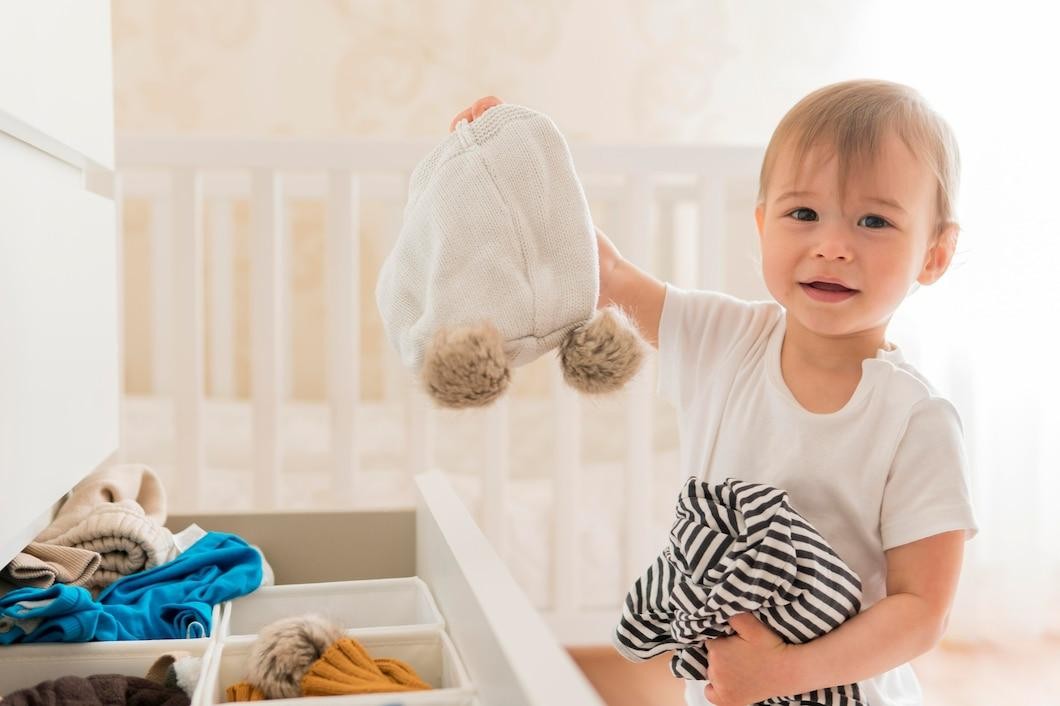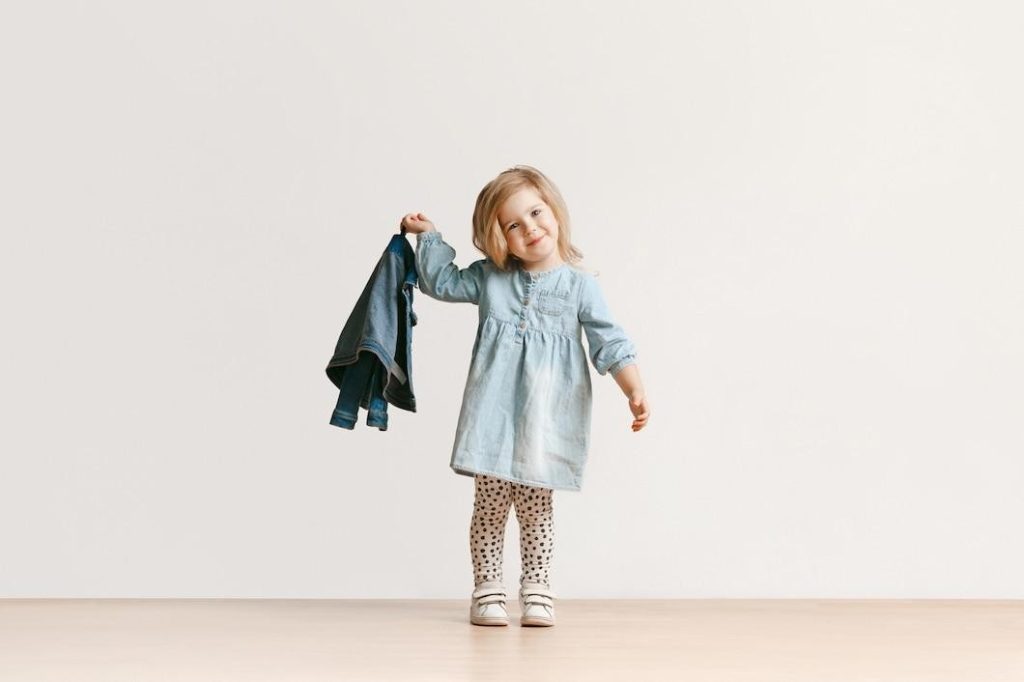As your toddler grows, so does their desire for independence. One area where they can start taking charge is dressing themselves. So the more beautiful pieces you add to their wardrobe from a toddler boy and toddler girl clothes boutique, The Trendy Toddlers, the more you think about starting to teach this important skill.
Introducing your little ones to how to get dressed not only fosters their autonomy but also develops their fine motor skills and self-confidence. However, it may be a challenging task for both parents and little ones. Don’t worry! This post shares ten practical and playful tips to make the process more enjoyable for everyone involved.
#1: Create a Dressing Routine
Establishing a consistent dressing routine can provide toddlers with a sense of structure and familiarity. Set a specific time each day for practicing getting dressed, such as after breakfast or before going out. By making it part of their daily routine, it becomes a habit that they will eventually master.
#2: Make Garments Accessible
Ensure that your little one can easily access their clothes. Organize their wardrobe with low-hanging rods or open shelves where they can see and reach their clothing items. Encourage them to choose their own pieces from a selection you’ve pre-approved, allowing them to express their budding personal style.

#3: Start with Simple Items
Begin teaching the skill with garments that are easy to put on and take off. Pay attention to the pieces with the following:
- elastic waistbands.
- large buttons.
- Velcro closures.
These are excellent options for beginner dressers. As they become more confident, you can gradually introduce clothing with more complex fasteners, such as zippers.
#4: Demonstrate and Break Down the Steps
Show the process of getting dressed by dressing yourself in front of your toddler. Break down each step into simple, easy-to-understand instructions, and slowly comment on your actions. For instance, say, “First, we put on our shirt. Now, let’s put on our pants. Lastly, we slip on our socks and shoes.” Visual aids, like picture charts or illustrations, can also be helpful for little visual learners.
#5: Sing and Play Dress-Up
Transform the dressing routine into a playful experience by incorporating music and imagination. Singing a fun dressing song or playing dress-up with stuffed animals can make the lessons more enjoyable for both you and your little one. Encourage your toddler to dress up their toys while you help them get dressed, turning it into a shared activity.
#6: Use Colorful and Engaging Clothes
Choose clothing items that captivate your toddler’s attention. Bright colors, fun patterns, and their favorite characters or animals can make the new routine even more exciting. Allow them to select their garments based on their preferences within reasonable boundaries. It helps foster their decision-making skills and makes them more enthusiastic about the process.
#7: Provide Time and Patience
Remember that learning to get dressed independently takes time and patience. Toddlers are still developing motor skills and might struggle with certain clothing items or fasteners. Allow for extra time in your daily routine to accommodate their efforts. Offer gentle guidance and encouragement while letting them try on their own. Praise their efforts and celebrate even the smallest victories.
#8: Distinguish Back and Front
Help your little one understand the difference between the back and front of their clothing. Use visual cues like tags or patterns to indicate the back of the garment. Teach them to locate these cues and recognize which side should face the back.
You may also use simple phrases like “tag in the back” or “picture in the front” to reinforce this concept. Understanding how to differentiate the back and front of their clothes will make it a lot easier for them to dress independently.
#9: Celebrate Achievements
Celebrate your toddler’s achievements and progress. Applaud their efforts when they successfully put on a garment or manage a difficult fastener. Positive reinforcement, such as a high-five, a hug, or a small reward, can go a long way in boosting their independence and making them proud of their accomplishments.
#10: Stay Positive and Flexible
Maintain a positive and encouraging attitude throughout the dressing process. Toddlers can sense frustration, so even if there are occasional setbacks, try not to show any negative emotions. Stay flexible and be prepared to assist when needed. At the same time, allow them the opportunity to problem-solve and figure things out on their own.
The Key Takeaway
Remember, learning to get dressed is an essential skill for toddlers to develop their autonomy and boost their self-assurance. Using the outlined tips, making dressing time fun, and being patient and supportive, you can turn this daily routine into a delightful learning experience for both you and your little one. Happy dressing!

